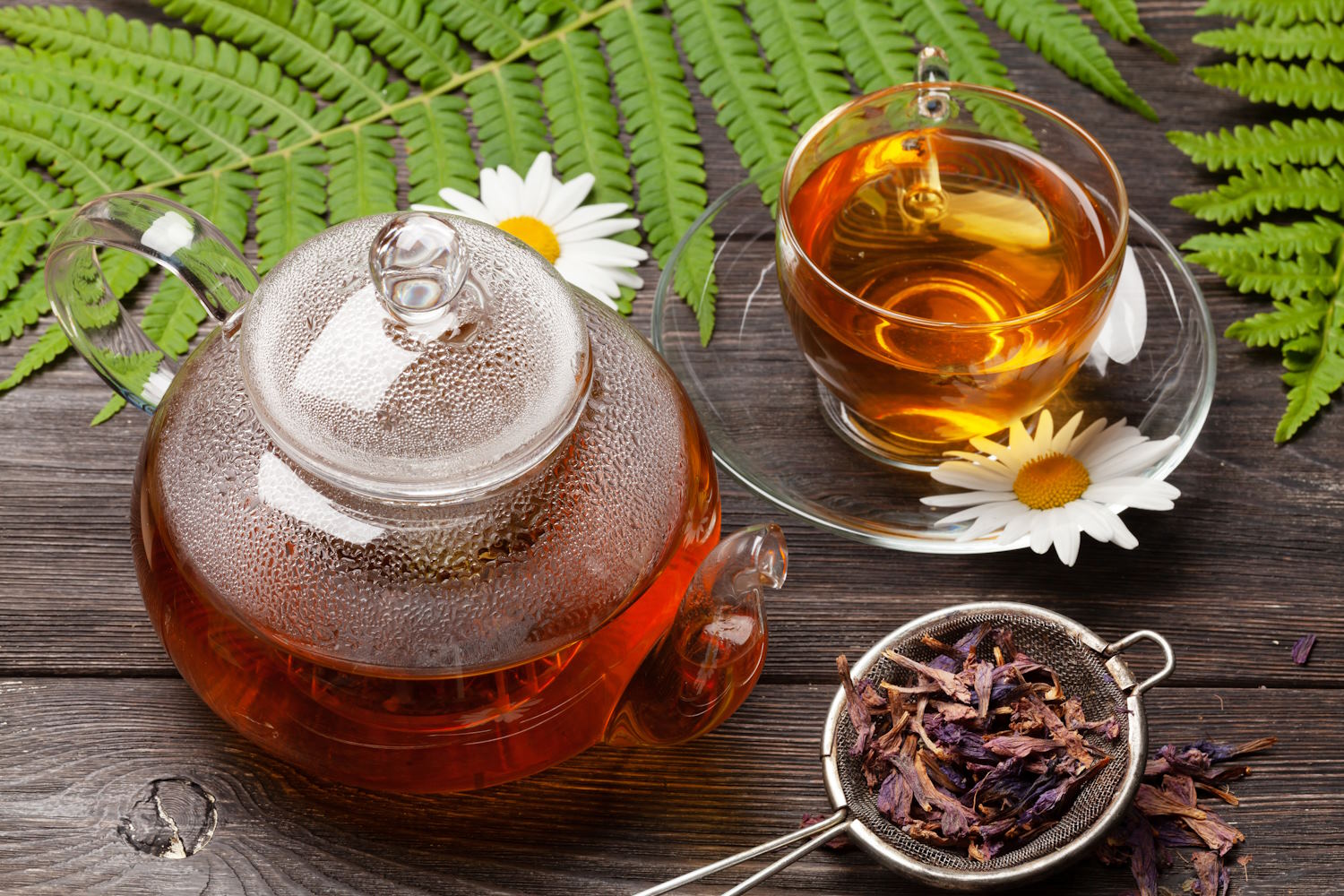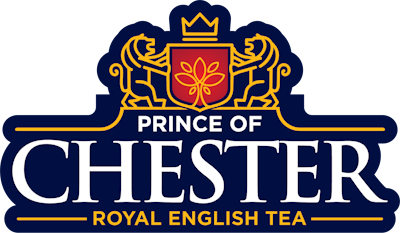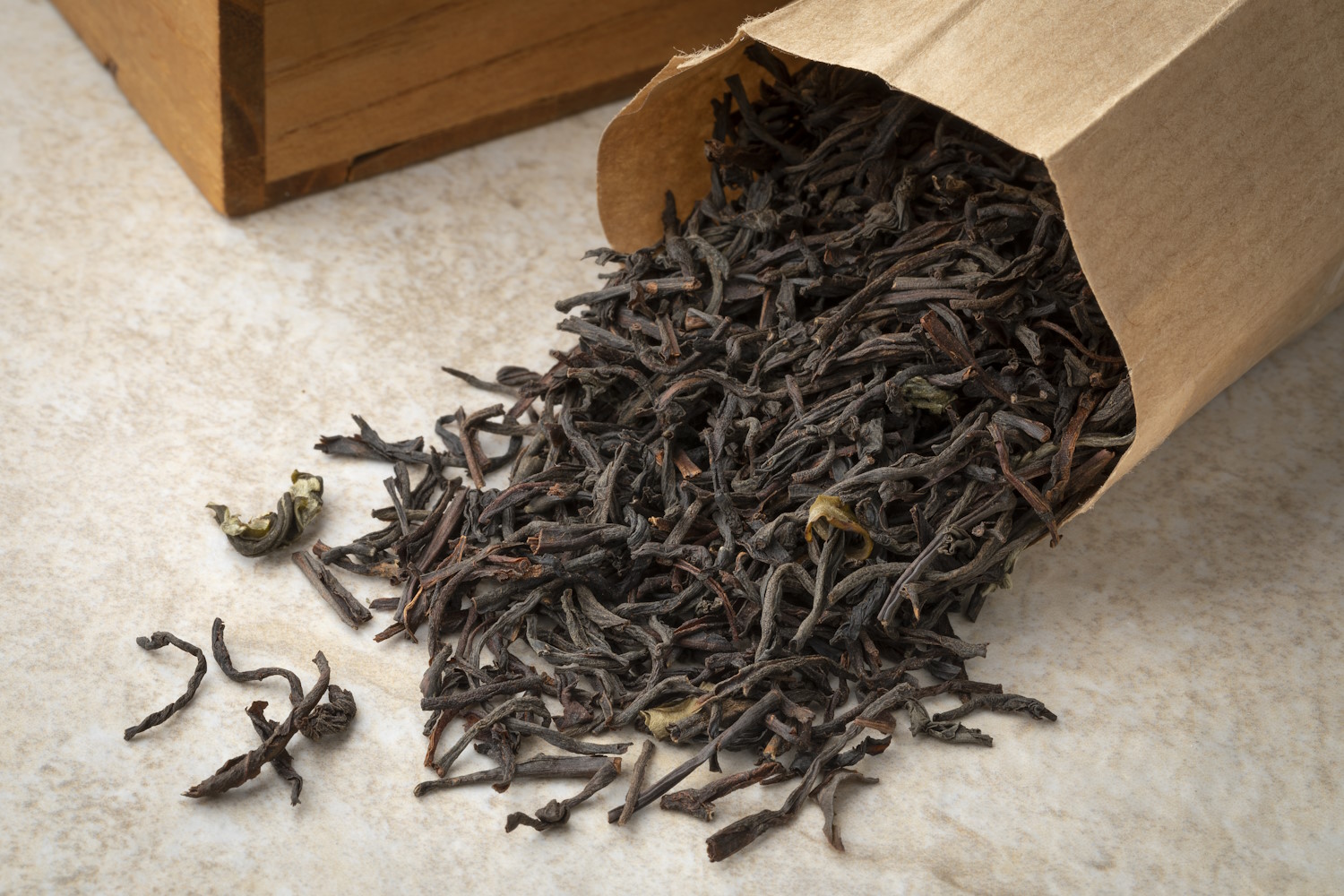
The history of tea is hundreds of years old, but there are still many misconceptions about it. In this article, we debunk some of the most common myths about a drink with billions of fans.
MYTH 1. If the tea is brewing quickly, it means that it contains dyes.
30% of a tea consists of water-soluble substances. Their combination determines the taste and aroma characteristics of tea. It is these substances that include strong natural pigments that provide the color of the brew: thearubigins (give the tea a reddish-brown color) and theaflavins (provide a golden-yellow hue).
The smaller the fractions of tea, the faster the process of dissolving pigments will be. That is why bagged tea, which is made from crushed tea leaves, is brewing much faster than leaf varieties. Dyes are not added to tea – there is simply no need for this.
MYTH 2. A tea with flavorings must be of poor quality
Flavored teas are not a modern invention. The art of flavoring tea was known in ancient China, where it was being developed and improved over many centuries. The most famous flavored tea is jasmine tea, one of the famous Chinese teas. In addition to jasmine – orchid, rose, lotus, and other types of flavored tea have long been known, and are still widespread.
Today’s flavored teas are varieties of tea that, in addition to the original tea aroma, are additionally enriched with other pleasant smells (fruits, berries, flowers, spices). Tea can be flavored in a variety of ways: either mixed directly with flowers, fruits, berries, etc., or by adding flavorings to dry tea leaves.
Modern flavorings used in tea and coffee production are obtained from natural raw materials of plant origin. The quality and quantity of flavorings are controlled by technical regulations, and the manufacturer must indicate the presence of flavoring on the packaging. In other words, modern premium flavored teas from well-known manufacturers are teas without “chemicals”, and the quality of these drinks is not inferior to “pure” tea.
MYTH 3. Bagged teas are of the lowest quality
That’s untrue. Both loose teas and bagged teas can be of high or low quality. Expensive bagged teas, for example, use small-sized tea leaves, while more affordable tea bags consist of tea crumbs that are sifted out during the tea sorting process at the factory.
In Asia, tea is sometimes ground specifically for the preparation of medicine and drinks according to original recipes. Bagged tea is popular all over the world, including developed countries with high requirements for the quality of food products.
After all, bagged tea is created in order to save the consumer’s time in our fast-paced age. Thus, to ensure the high quality of your drink, just choose the tea from international brands whose product quality is confirmed by international certificates.



